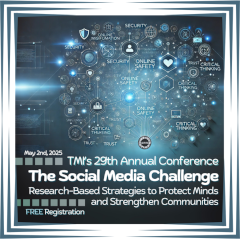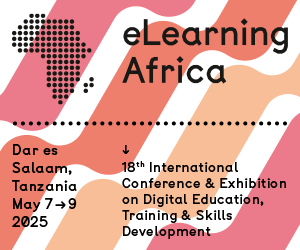World Summit Awards
Tunis, December 2005 - Making existing excellence visible - that is the goal of the World Summit Award. Forty outstanding projects from all over the world were selected by the WSA Grand Jury 2005 to exemplify the quality of today's multimedia market world wide. Five e-learning projects were awarded.
The winners and what the Grand Jury thinks of them:
E-Blocks - Grupo Positivo/ Positivo Informática, Brazil
E-Blocks is an innovative approach to teaching English as a second language. The intuitive character of the E-Blocks panel makes it easy for students to interact regardless of their abilities in English. By connecting the panel to a computer, children identify letters and spell words by placing palm-sized blocks into the sensory pockets.
Animated characters and bright, vivid graphics motivate students (ages 4-10) to explore the website and learn for fun. The product offers a variety of exercises and high-quality voice recordings by native English speakers from the UK or USA that give students the opportunity to work on their pronunciation and intonation.
Advanced e-Learning Objects - Radu Jugureanu, Romania
Advanced elearning Objects is a comprehensive collection of various lessons to be used at school (appropriate for ages 10-18, ISCED levels 2 and 3). The material consists of content for over 850 hours of learning in eight subject categories. The majority of the content is universal (e.g. science lessons), while some is specific to Romanian local issues.
All lessons have been based and developed on rigorous didactic, ergonomic, and scientific standards by a team of teachers, psychologists, and IT specialists. The series of lessons consistently follows a didactic strategy that relies on user interactivity to inspire the communication of knowledge.
Nature Park Kopacki Rit - Green Studio Ltd., Croatia
Nature Park Kopacki Rit is an impressive multimedia presentation of the Nature Park "Kopacki Rit" in the eastern part of Croatia (Osijek-Baranya County). After several years of maintaining the former website, new multimedia material was made available and features for interaction between real and virtual visitors was introduced to enrich the user experience.
After years of creating and editing new multimedia material, the website presently offers a fascinating and intimate profile of the Nature Park in all its ecological abundance and beauty. The beauty of the park's nature and its flora and fauna are re-created afresh online.
Stagework - National Theatre, UK and Northern Ireland
Stagework is a website that allows users to get behind the scenes of the UK's leading theatre productions. It presents an inspiring array of unique original content that follows the whole creative process from idea to performance. The project's aim is to create an online experience and create productions that can be explored over longer periods.
Therefore the life span of this ephemeral medium can be extended; a wider audience can experience this intense and intimate medium digitally. It sets a new benchmark for the delivery of rich online media to three audiences - existing theatre enthusiasts, teachers/learners of English and Drama, and young people who want to pursue a career in the creative industries.
Digital Literacy Program (PAD) - E-Marketing S.A., Argentina
The Digital Literacy Program (PAD) will play a decisive role in the Argentinean multimedia industry - to inspire the increase the number of online PCs to ten million over the next five years. With a population of over 38 million people, Argentina has an IT penetration rate that is currently estimated at only five percent.
The project does not only provide technological infrastructure and access to the Web, but also creates value and sustainability by using technologies to generate contents, services, and other applications of interest for the community. PAD combines an innovative dual (on- and offline) elearning software platform, a peer-to-peer learning community, and instructional design that stimulates network thinking.
For the World Summit Award, products were selected in a five-stage process from some 20,000 candidates from 168 countries. The selection of the best products in the world included national evaluations, a Grand Jury review of over 750 nominations, and a methodical six-day judging process.
The overall process meets near-scientific requirements of independent, inter-subjective judgment and of establishing the best available expert views. A special emphasis in the product evaluation process was put on projects that demonstrate the benefits of information and communication technology for the development of communities and help to bridge the growing content gap between developed and developing countries.










